Review for Our Little Sister
Introduction
The words ‘based on a comic book or graphic novel’ have certain connotations when it comes to Western cinema, and especially Hollywood. You’d be forgiven for expecting someone in a cape, wielding superpowers each time. If you watch Our Little Sister without any prior knowledge, you’d be forgiven for just taking it as the gentle family drama that it is, and might be shocked to read the words ‘based on a graphic novel’ in the end credits. That of course is down to the greater diversity of material in Japanese manga. Sure, films based on manga can conform to western stereotypes and prejudices about comic books, films like Attack on Titan and Parasyte to name but two. But manga encompasses the whole universe of storytelling, from action, to drama, to comedy to tragedy and beyond. Our Little Sister is based on a manga called Umimachi Diary, a title marketed to mature women, that demographic known as ‘josei’.
The Koda sisters haven’t had an easy life. Their father left for another woman fifteen years previously, and their mother emulated him not long after, leaving them in the care of their maternal grandmother, although the level-headed and mature Sachi quickly took on the role of mother to her younger sisters Yoshino and Chika. That dynamic has persisted as the three sisters grew up, and they now live together in the family home in Kamakura.
When they learn that their estranged father has died, and travel to his funeral, they meet their half sister Suzu Asano. She’s shy and introverted, and when Sachi learns that she has been orphaned and has no blood relation to her stepmother’s family (their father’s third marriage), she invites her to live with them in Kamakura. But you can’t become a family overnight...
Picture
Our Little Sister gets a 1.85:1 widescreen transfer on this disc. It’s a fine transfer, bringing across the source material without flaw, an image that is clear and sharp, with rich colours, and strong detail. It is a digitally shot film, and as you might expect, darker scenes aren’t quite as strongly presented. But the film’s cinematography is impressive, while the Kamakura locations offer something a little different from the usual Japanese film locales. The old architecture and the hilly terrain make a great difference from the usual Tokyo metropolis or the rural backwaters that I usually see in Japanese cinema. There’s a sense of history and longevity conveyed in the film’s visual aesthetic that is really quite different.
The images in this review were kindly supplied by Curzon Artificial Eye.
Sound
You have the choice between PCM 2.0 and DTS-HD MA 5.1 Surround Japanese, with optional English subtitles. It’s a predominantly dialogue focussed film, so the surrounds are really used more for ambience and the music. The dialogue is clear throughout, and the subtitles are timed accurately and are free of typos. Screen text is translated as well where it is important to the story. The film’s orchestral theme is really quite quirky, engaging, and suits the story well. I found it really whimsical and emotive, and I shouldn’t have been surprised to see Yoko Kanno’s name in the end credits, my favourite Japanese composer.
Extras
The disc presents the film with an animated menu, and alas the sole extra is the film’s theatrical trailer, presented in HD, and running to 1:59.
Conclusion
There’s a genre of anime popularly known as slice-of-life. It’s less about narrative, and it’s more about appreciating character, just partaking vicariously of interesting people going through their everyday lives, their unique personalities the particular selling points. Think of it as a soap opera, but without the melodrama. I had never seen slice-of-life translated into live action, until now. Our Little Sister is a film where the characters matter much more than the narrative; it’s a gentle, heart-warming and understated family drama, but it’s all the more effective because of it.
The story really is quite simple. Three sisters learn that they have a younger half-sister, and against their great-aunt’s counsel, they ask her to move in with them. The film follows the four as they grow from awkward housemates to a genuine family. The big melodrama in their lives has already happened off-screen, the estrangement of their parents and their subsequent departure, although for Suzu, the death of her father is a more immediate event. They are all carrying the emotional baggage of the past with them, and it’s by becoming a family that they are finally able to deal with this weight.
Of the Koda sisters, it’s eldest Sachi who most bears the burden of their circumstances. Their father left the family for another woman fifteen years previously, long enough ago that youngest daughter Chika has very little memory of him, and then their mother left for another man, leaving Sachi to bring up her younger sisters, forcing her to become mature and independent at an early age. It’s because she sees the same thing happening to Suzu that she’s driven to offer her a home with them in Kamakura. Suzu has already lost her mother, and when her father remarries, her stepmother’s family don’t exactly accept her, so she’s already a little withdrawn and mature for her age when we first encounter her. Sachi sees herself in Suzu, and wants her to hold on to her childhood as long as she can, but it takes time before Suzu can open up to her new sisters.
It is a two-way process as well. Yoshino and Chika have turned out pretty well, all things considering. Yoshino’s something of a free spirit, fun-loving and a little irresponsible, while Chika is a quirky oddball, but it’s obvious that they’ve been able to grow up so freely, as Sachi took on the burden of raising them. She’s mature, sober, and hard-working, and she most feels the actions of their parents in leaving them. The sisters get to know their late and long-absent father through Suzu, and it is the first step in reconciling their own feelings, especially so for Sachi.
All of this happens through the prism of everyday life for the sisters. We see Sachi’s work as a nurse at the local hospital, and the responsibility of a new position, as well as the potential of history repeating itself when it comes to her relationship with a doctor working there. Yoshino has relationship issues too, with a waster of a boyfriend, while her job at the bank takes her in an unexpected emotional direction. Chika works at a sports shop with an ex-mountaineer friend, and they are both football fans, which makes it easy for them to encourage Suzu when she starts school and joins the football club there. As I mentioned before, it’s all little slices of life, as we get to know the sisters, their circle of friends, the local community, with little story arcs counterpointing the sisters’ own journey. Most significant is the story of the local cafe owners, which touches each of the sisters in their own way.
If you want a gentle, life-affirming and emotionally impactful drama, then Our Little Sister is the ideal film. These are characters that you just enjoy. It seems that to date this Curzon Artificial Eye disc is the sole English territory release. It’s well worth picking up.
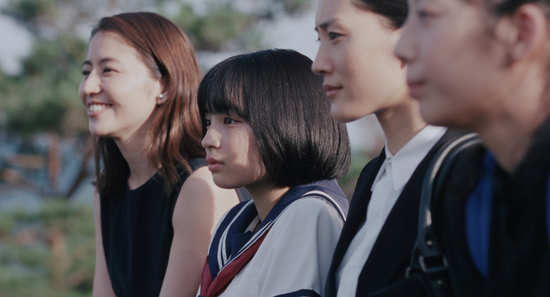
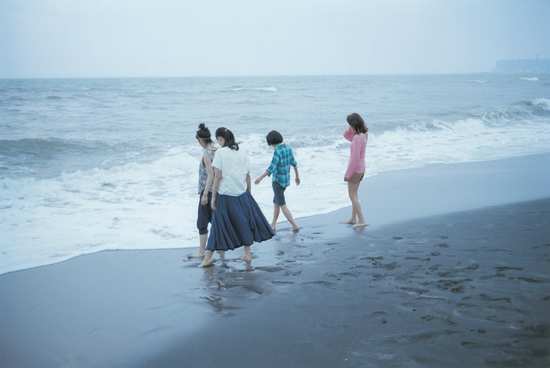
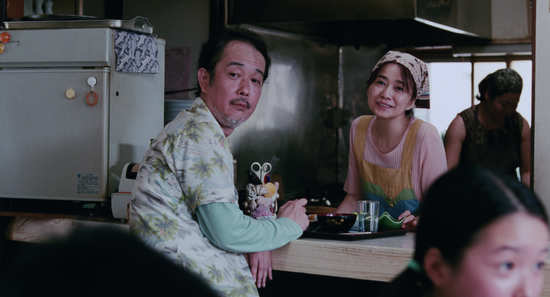
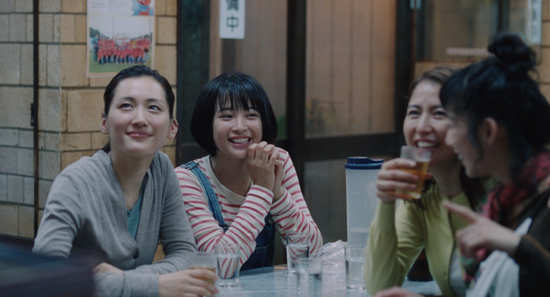
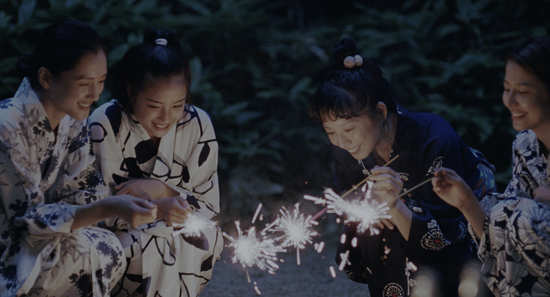
Your Opinions and Comments
Be the first to post a comment!